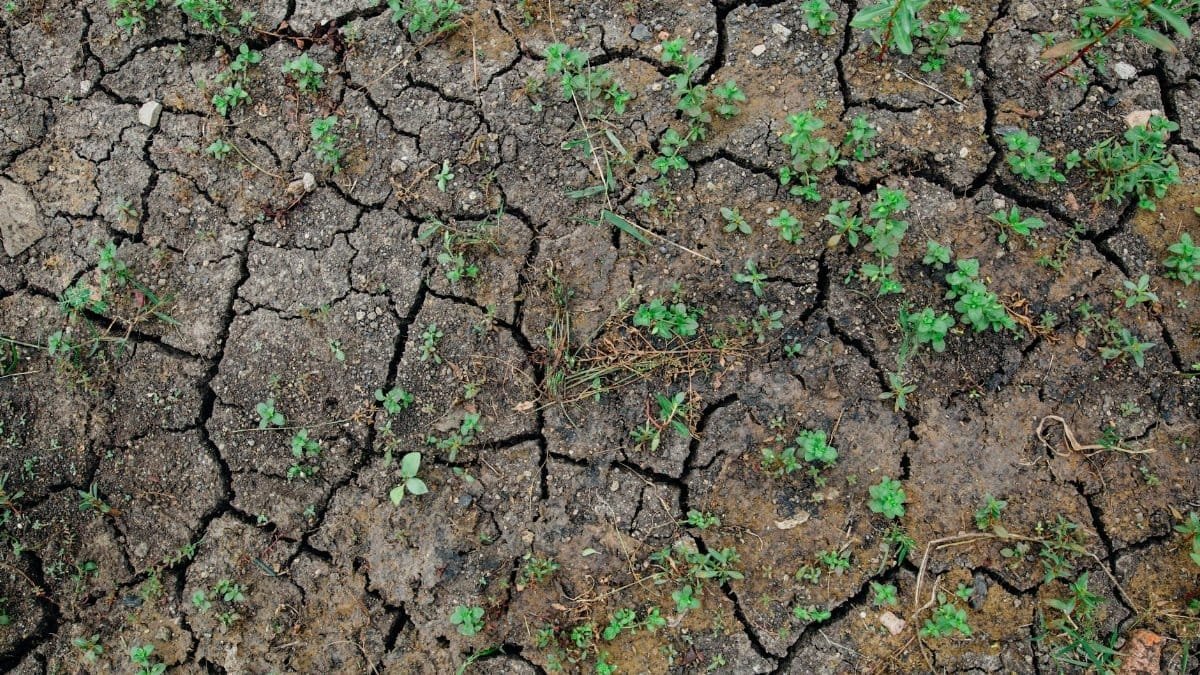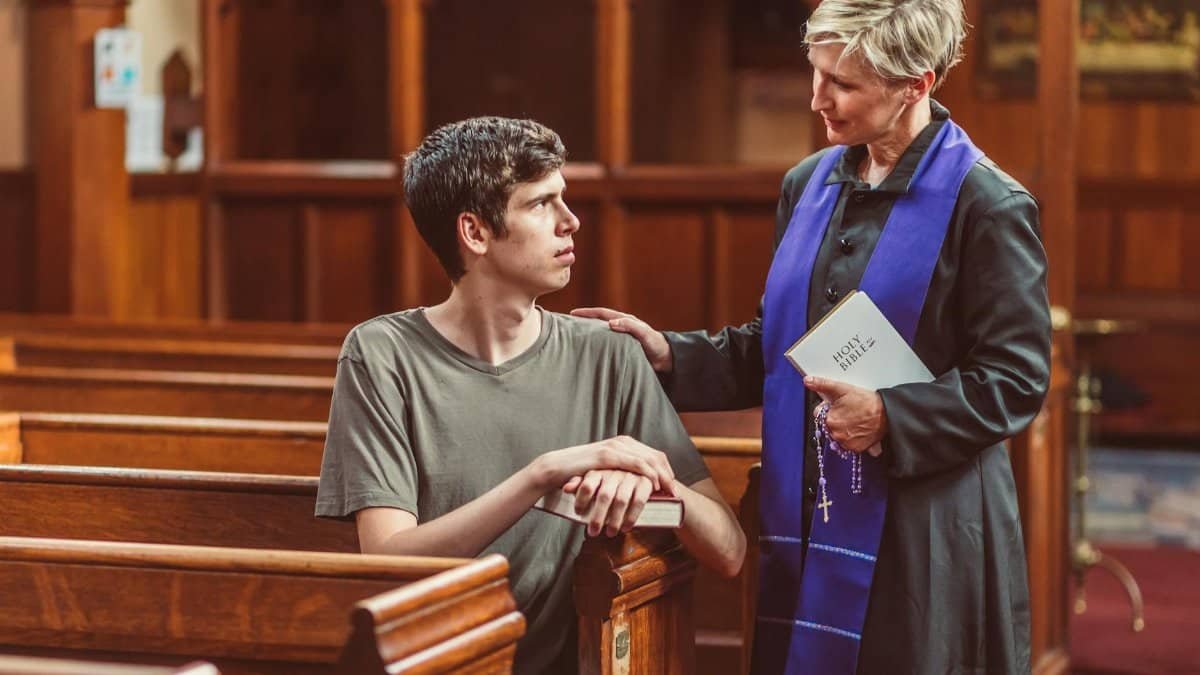Imagine sitting in a quiet room, the kind of stillness that feels heavy, almost oppressive. For many, this is the essence of a spiritual dry spell—a time when connection to something greater seems just out of reach. It’s not a new phenomenon, but in 2025, more Americans are talking about these periods of disconnection with a mix of frustration and curiosity. Could it be that these barren stretches, often marked by doubt or emptiness, aren’t dead ends but rather quiet signals of impending growth? The spiritual dry spell meaning, at its core, challenges the assumption that faith or inner peace should always feel vibrant and alive. Instead, it suggests a hidden purpose. As conversations around mental health and personal growth evolve, these dry spells are being reframed—not as failures, but as necessary pauses. They’re the soil resting before a new season. This shift in perspective is worth examining, especially for those who feel stuck in their own quiet rooms, wondering if the silence will ever break.
What Does a Spiritual Dry Spell Really Mean?

A spiritual dry spell often feels like wandering through a desert with no oasis in sight. Prayers, if they happen, seem to bounce off the ceiling. Meditation brings restlessness instead of calm. For some, it’s a gradual fading—once-meaningful rituals lose their spark. For others, it hits suddenly, triggered by loss, stress, or simply the grind of life. But beneath the surface discomfort, the spiritual dry spell meaning carries a quieter message: it’s a space of transition. Experts describe it as a natural part of any deep journey, akin to a fallow field that must rest to regenerate. A report from Pew Research Center notes that over 26% of Americans report feeling spiritually “adrift” at times, a figure that’s grown with the cultural shifts of recent years. This isn’t abandonment, though. It’s often the psyche or soul pressing pause, preparing for a shift that can’t yet be seen.
The Historical Lens on Dry Spells

Centuries ago, mystics and religious figures didn’t shy away from the dark, empty seasons of faith. They had names for it—“the dark night of the soul,” as coined by St. John of the Cross in the 16th century, described a profound spiritual desolation that preceded enlightenment. Back then, a spiritual dry spell wasn’t a personal failing but a rite of passage. Monks and nuns recorded their struggles in journals, often finding that clarity emerged only after enduring the silence. Fast forward to today, and the language has shifted, but the experience remains universal. A study by the National Institutes of Health highlights how historical religious texts align with modern psychological concepts of “existential crisis,” suggesting these dry spells are timeless. They’re not just spiritual—they’re deeply human. Understanding this lineage can ease the isolation of feeling spiritually stuck in 2025, reminding us that even the most revered figures once walked through their own deserts.
Why Dry Spells Might Signal Growth

Picture a tree shedding leaves in autumn. It looks barren, even lifeless, but beneath the surface, it’s conserving energy for spring. A spiritual dry spell can function in much the same way. Therapists and spiritual guides often point out that these periods of disconnection force introspection. When the usual comforts of faith or practice fall away, what’s left is raw, unfiltered questioning. A 2023 survey by Barna Group found that 38% of Americans who experienced a lapse in spiritual engagement later reported a “renewed sense of purpose.” The emptiness, it seems, acts as a catalyst. It strips away rote habits, pushing individuals to redefine what matters. Rather than a sign of failure, the spiritual dry spell meaning might be an invitation—a call to rebuild on firmer ground.
The Role of Modern Stressors

Life in 2025 doesn’t exactly lend itself to quiet contemplation. Between economic uncertainty, digital overload, and the lingering effects of global crises, it’s no wonder spiritual wells run dry. A recent study from the American Psychological Association found that stress levels remain elevated for a majority of adults, with many citing a lack of time or mental space for personal growth. Add to that the constant comparison fueled by social media, and the pressure to “feel spiritual” can itself become a burden. One anonymous account shared online described the struggle vividly: feeling like a fraud for not experiencing the peace others seemed to broadcast. This external noise often amplifies internal silence. Recognizing how modern life contributes to these dry spells can shift the blame away from personal inadequacy and toward a broader cultural context.
Navigating the Silence Without Despair

When the spiritual landscape feels barren, the instinct might be to force a connection—double down on prayer, sign up for another retreat, or consume endless self-help content. But sometimes, the most powerful step is to stop striving. Spiritual counselors often suggest simply sitting with the discomfort, observing it without judgment. This isn’t passive resignation; it’s active patience. Small, grounding actions can help too—walking in nature, journaling stray thoughts, or even admitting the struggle to a trusted friend. Over time, these acts build a bridge back to meaning, even if it’s not the same as before. The spiritual dry spell meaning isn’t about quick fixes. It’s about endurance. As one middle-aged woman shared after a months-long disconnection, “I stopped looking for the big epiphany. I just started noticing the small stuff again. That was enough.”
Reframing the Dry Spell as a Gift

What if the absence of spiritual vibrancy isn’t a void but a canvas? That’s the perspective gaining traction among those who’ve weathered these seasons. A dry spell can clear out old beliefs that no longer serve, making room for something truer. It’s not comfortable—doubt and loneliness often tag along—but it’s productive in its own way. Think of it as a renovation of the soul, where walls must come down before new ones go up. Stories abound of people who, post-dry spell, found themselves drawn to entirely new practices or communities, ones they’d never have considered before. This potential for reinvention flips the narrative. Rather than a crisis to escape, the spiritual dry spell meaning becomes a strange kind of opportunity—one that asks for trust in the unseen process.
When to Seek Support

Not every dry spell is a solo journey. For some, the emptiness veers into despair, mimicking or overlapping with depression. Knowing the difference matters. If the silence brings persistent hopelessness or disrupts daily life, reaching out becomes essential. Therapists trained in spiritual issues, or even clergy with a grounding in mental health, can offer perspective. Community groups, too, provide a reminder that others have walked this path. It’s not weakness to ask for help; it’s wisdom. The line between a natural spiritual ebb and a deeper struggle isn’t always clear, but paying attention to emotional and physical cues—sleep changes, withdrawal, or apathy—can guide the decision. Resources like counseling directories or local faith-based support networks are more accessible than ever in 2025, ensuring no one has to navigate the desert entirely alone.
The Quiet Return of Meaning

There’s no universal timeline for when a spiritual dry spell lifts, but it often happens subtly. A fleeting moment of awe at a sunset. A conversation that unexpectedly stirs the heart. These flickers signal the return of connection, though it might not look like it did before. And that’s the point—dry spells reshape as much as they challenge. They teach resilience, humility, and a kind of faith that doesn’t depend on constant highs. For middle-aged readers especially, who’ve likely faced other life transitions, this can resonate deeply. Life’s seasons don’t always align with our expectations, but they do move forward. Embracing the spiritual dry spell meaning as a sign of growth, rather than loss, offers a way to stand in the silence without fear, trusting that the next chapter, however quiet at first, is already taking root.
